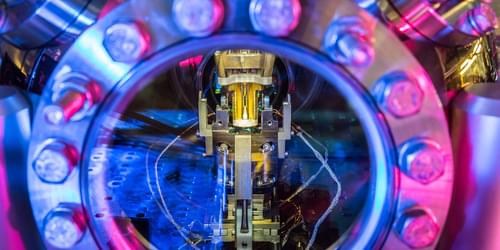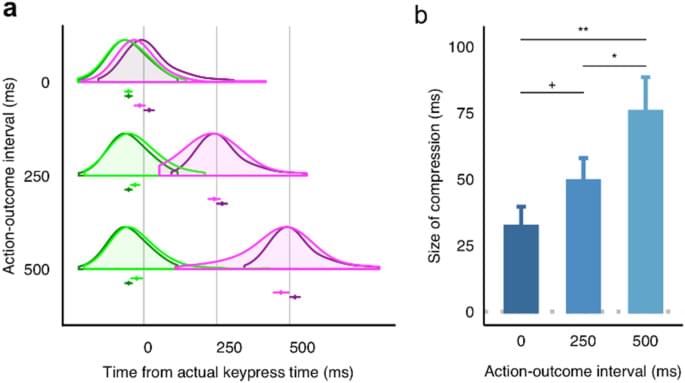Researchers have developed a “blind quantum computing” method enabling secure, scalable quantum cloud computing connecting quantum entities over networks.
Category: computing – Page 284

Breaking the Limits: Overcoming Heisenberg’s Uncertainty in Quantum Measurements
Aalto University researchers are the first in the world to measure qubits with ultrasensitive thermal detectors—thus evading the Heisenberg uncertainty principle.
Chasing ever-higher qubit counts in near-term quantum computers constantly demands new feats of engineering.
Among the troublesome hurdles of this scaling-up race is refining how qubits are measured. Devices called parametric amplifiers are traditionally used to do these measurements. But as the name suggests, the device amplifies weak signals picked up from the qubits to conduct the readout, which causes unwanted noise and can lead to decoherence of the qubits if not protected by additional large components. More importantly, the bulky size of the amplification chain becomes technically challenging to work around as qubit counts increase in size-limited refrigerators.

How to Speed up a Quantum Network
A future quantum network of optical fibers will likely maintain communication between distant quantum computers. Sending quantum information rapidly across long distances has proved difficult, in part because most photons don’t survive the trip. Now Viktor Krutyanskiy of the University of Innsbruck, Austria, and his colleagues have more than doubled the success rate for sending photons that are quantum mechanically entangled with atoms to a distant site [1]. Instead of the previous approach of sending photons one at a time and waiting to see if each one arrives successfully, the researchers sent photons in groups of three. They believe that sending photons in larger numbers should be feasible in the future, allowing much faster transmission of quantum information.
Quantum networks require entanglement distribution, which involves sending a photon entangled with a local qubit to a distant location. The distribution system must check for the arrival and for the entanglement of each photon at the remote site before another attempt can be made, which can be time consuming. For a 100-km-long fiber, the light travel time combined with losses in the fiber and other inefficiencies limit the rate for this process to about one successful photon transfer per second using state-of-the-art equipment.
For faster distribution, Krutyanskiy and his colleagues trapped three calcium ions (qubits) in an optical cavity and performed repeated rounds of their protocol: in rapid sequence, each ion was triggered to emit an entangled photon that was sent down a 101-km-long, spooled optical fiber. In one experiment, the team performed nearly 900,000 of these “attempts,” detecting entangled photons at the far end 1906 times. The effective success rate came out to 2.9 per second. The team’s single-ion success rate was 1.2 per second.

Evaluating the Bayesian causal inference model of intentional binding through computational modeling
Tanaka, T. Evaluating the Bayesian causal inference model of intentional binding through computational modeling. Sci Rep 14, 2,979 (2024). https://doi.org/10.1038/s41598-024-53071-7




New technique lets scientists create resistance-free electron channels
An international research team led by Lawrence Berkeley National Laboratory (Berkeley Lab) has taken the first atomic-resolution images and demonstrated electrical control of a chiral interface state—an exotic quantum phenomenon that could help researchers advance quantum computing and energy-efficient electronics.

New SharePoint flaws help hackers evade detection when stealing files
Researchers have discovered two techniques that could enable attackers to bypass audit logs or generate less severe entries when downloading files from SharePoint.
Microsoft SharePoint is a web-based collaborative platform that integrates with Microsoft Office and 365, primarily as a document management and data storage system.
Many companies use it for document management and collaboration, creating websites and corporate intranets, automating complex workflows, and enterprise content management applications.
